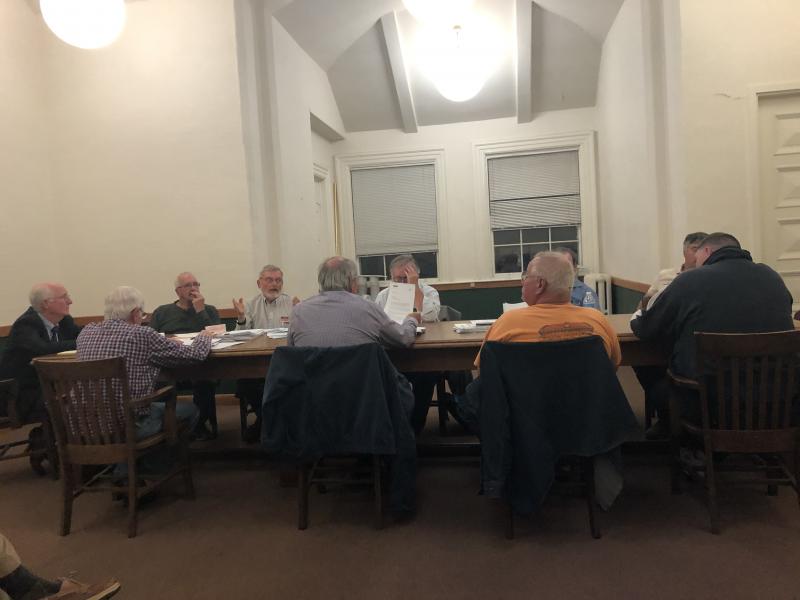Waste district discusses dissolution
MARION — Following the Marion Town Meeting’s vote to authorize the town administrator to begin negotiating an exit from the Carver Marion Wareham Regional Refuse Disposal District, the committee that governs the district devoted much of its Wednesday night meeting to discussing the mechanics of Marion’s exit or a complete dissolution of the district.
The group voted to establish a subcommittee that would determine what would need to happen for the district to dissolve, and how the district’s liabilities would be handled after its dissolution. The committee will also look at how one town could leave, and what that would look like.
Michael Milanoski, Carver’s town administrator, said that he thought it was likely that Carver would leave the district, too, as he “didn’t see it coming together.”
The waste district’s attorney, Thomas Crotty, said that for the district to dissolve, a bill allowing that to happen would have to pass the state legislature. If the committee wants that to happen prior to the end of 2020, that legislation would need to be submitted by the middle of 2020. Crotty said that although there aren’t any direct models for the dissolution of a waste district, there are models from other types of districts that can be used as a guide.
Regardless of which towns, if any, remain in the district, all three will still need to contribute money to cover the district’s continuing liabilities, including insurance for the closed landfill property in Carver and ongoing worker’s compensation, pensions, and other related costs.
Although the future of the district is in question, committee members voted to approve an agreement with Covanta. If the district is still together in 2021, Covanta has agreed to take the towns’ waste at an agreed upon price-per-ton of between $75 and $80, with stepped price increases each year. Currently, Covanta takes all of the town’s waste at no cost in exchange for disposing ash from the trash-to-energy plant at the Carver landfill.
Osuch said that should everything stay the same, with all three towns remaining in the district and continuing to operate both transfer stations, the district would cost about $1.3 million each year. To cover that cost, the district would likely need to charge $250 per sticker allowing entrance to the transfer stations (located at Benson Brook in Marion and on Rt. 28 in Rochester) or $125 per sticker with a pay-as-you-throw system in which residents bought specific trash bags.
However, Crotty confirmed that the district itself cannot charge residents directly, and can only bill the towns. Therefore, each town would be responsible for selling stickers.
The members also discussed the need to crack down on abuses of the current system, as commercial trucks somewhat routinely drop off far more waste than any one household could produce. Because the transfer stations aren’t always monitored, vehicles from other towns have brought waste, and some people have been sharing stickers.
For next year, the committee decided to collect more information from residents when they purchase stickers, including license plate number, vehicle type, and primary owner, and purchased scanners that will check the validity of each sticker and allow attendants to check that it is on the car it is supposed to be on.















